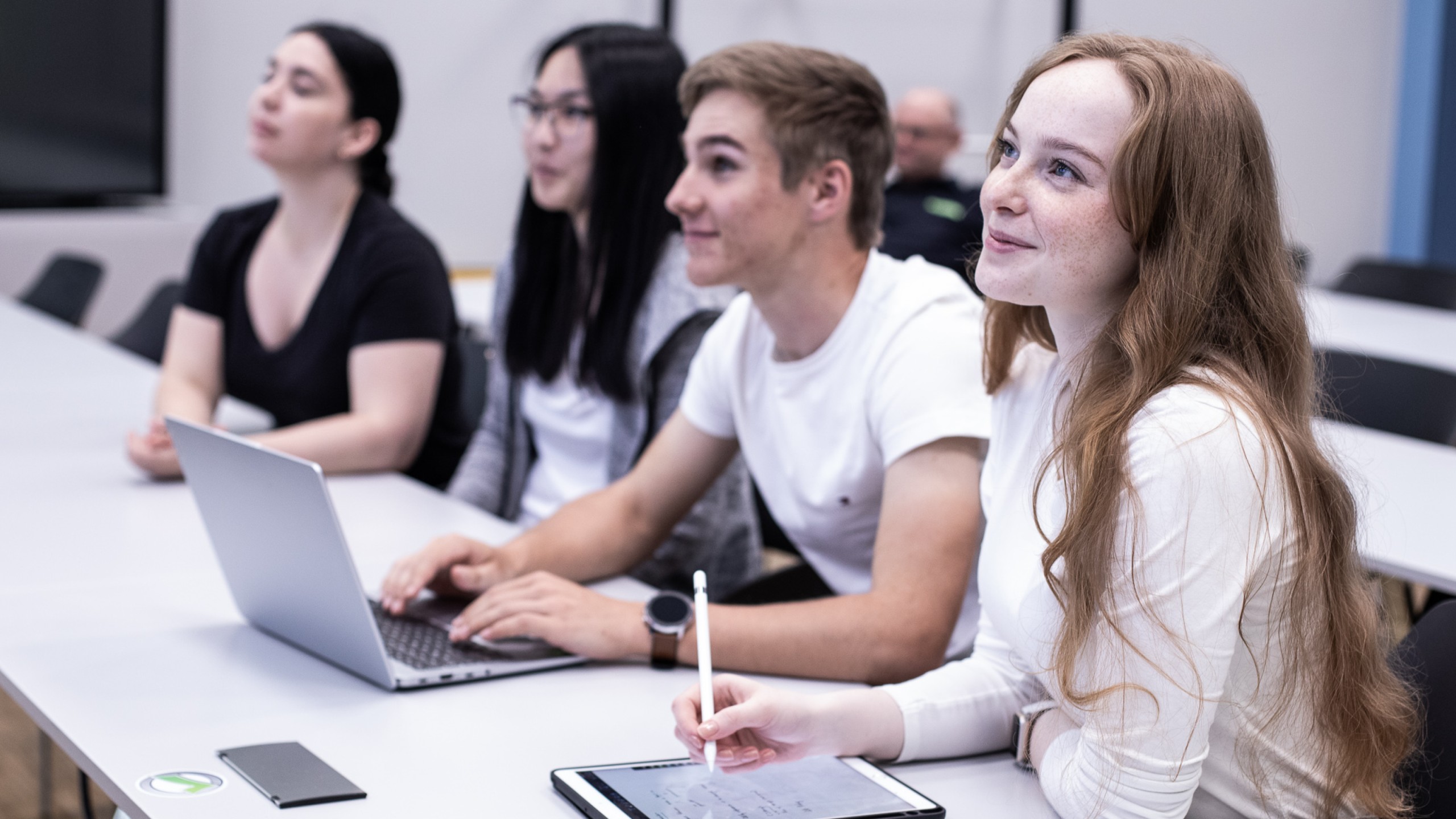Content Strategy
My StudiesSince this programme is part time, no internships are planned. If possible, projects should be closely related to the students’ professional work and may also include projects from work. On top of that, we also carry out training projects with corporate partners. Project work is the most important part of the course. All students carry out their own training project in each semester and also work on group projects. In the first semester they work on small, complete content-strategy projects to gain an overview of the discipline. The second project is a research project in which empirical methods are applied. The third semester project involves the development of a concept; and in the fourth semester a content strategy is implemented as part of the Master’s thesis. The projects can be combined. For example, in the second, third and fourth semester, you can dedicate yourself to a larger-scale project from work, for instance the relaunch of a website.
Partners for shared training projects may include, for example, Energie Steiermark, Universalmuseum Joanneum and the Innovation Service Network.
CCCA
The master’s degree programme in Content Strategy is working on a practical project together with the Climate Change Center Austria. The students support the CCCA in developing user-oriented content so that more people can learn about the climate crisis and the possibility of a change in the economy and society.
Since 2011, the CCCA has made it its business to support the staff of the University of Graz and to assist them in projects. Among other things, workshops and seminars will be held to make the findings accessible to everyone. The Content Strategy programme now helps to optimise the reach of their digital content. For this purpose, the target groups must be identified and data collected. Tools such as Matomo, the Google Search Console or the professional functions of the Twitter search are used for this. The courses Content Audits, Information Architecture and Monitoring and Web Analytics are involved in this. “The collaboration works great,” says Katrin Brugger, head of the CCCA service team. Students: “It’s really great, we’re involved, we get to participate, and we get to be at the events.” One of the students will even work for CCCA this summer.
“Above all the students and teachers can comprehend the complexity of non-profit associations”, says Katrin Brugger. The coordinator of the project, Heinz Wittenbrink, also sees it that way. For him, it is important to offer students practical projects to give them the opportunity to apply what they have learned. The work of the CCCA plays a major role for him. “A year ago, when I became aware of the climate crisis, I decided that my primary concern is to get to grips of that. And then I had the idea of doing science communication. That’s also an important part of content strategy. The FH JOANNEUM, University of Applied Sciences, is simply a scientific institution”, continues Heinz Wittenbrink. And the most important scientific findings of the last few years concern climate change.
Content strategic measures for the further development of the Styrian adult education database
The Education Network Styria started in 2018 to redesign the platform for adult education courses of Styrian organisations. 2018 also saw the start of a cooperation with FH JOANNEUM – University of Applied Sciences. Students and teachers of the Content Strategy course supported the education network with scientifically sound inputs.
In the courses Start-Workshop, Information Architecture and Content Modeling and Style Guides, students worked together to create a modern service portal that provides education seekers with the service portfolio of adult education institutions in a demand-oriented way.
For adult education institutions, which after all offer their learning content, it will in future be increasingly important to be visible online and to understand their content as a holistic asset that they can manage efficiently and play out through various channels. To achieve this goal, students have applied various methods of Content Strategy.
For this purpose, a content strategy brief was created as well as empathy maps, i.e. a visualization of user attitudes and behaviour. Furthermore, domain modeling was applied, a conceptual representation of the things that make up a subject area and a persona, a semi-fictitious representation of the users or stakeholders, was developed. A service design workshop was also held and the method of message architecture created by Margot Bloomstein was applied by the students.
Robert Gutounig, course director and coordinator of the project, sees the connection between the educational network and the Content Strategy course: “This is about adult education, we do higher education. Ultimately, this is a similar area. We want to promote digitalization in this very area. The Corona crisis has once again shown how important this step is.”







